7 High-Yield Dividend Stocks With More to Give
Income investing can sometimes feel like a give-and-take situation.
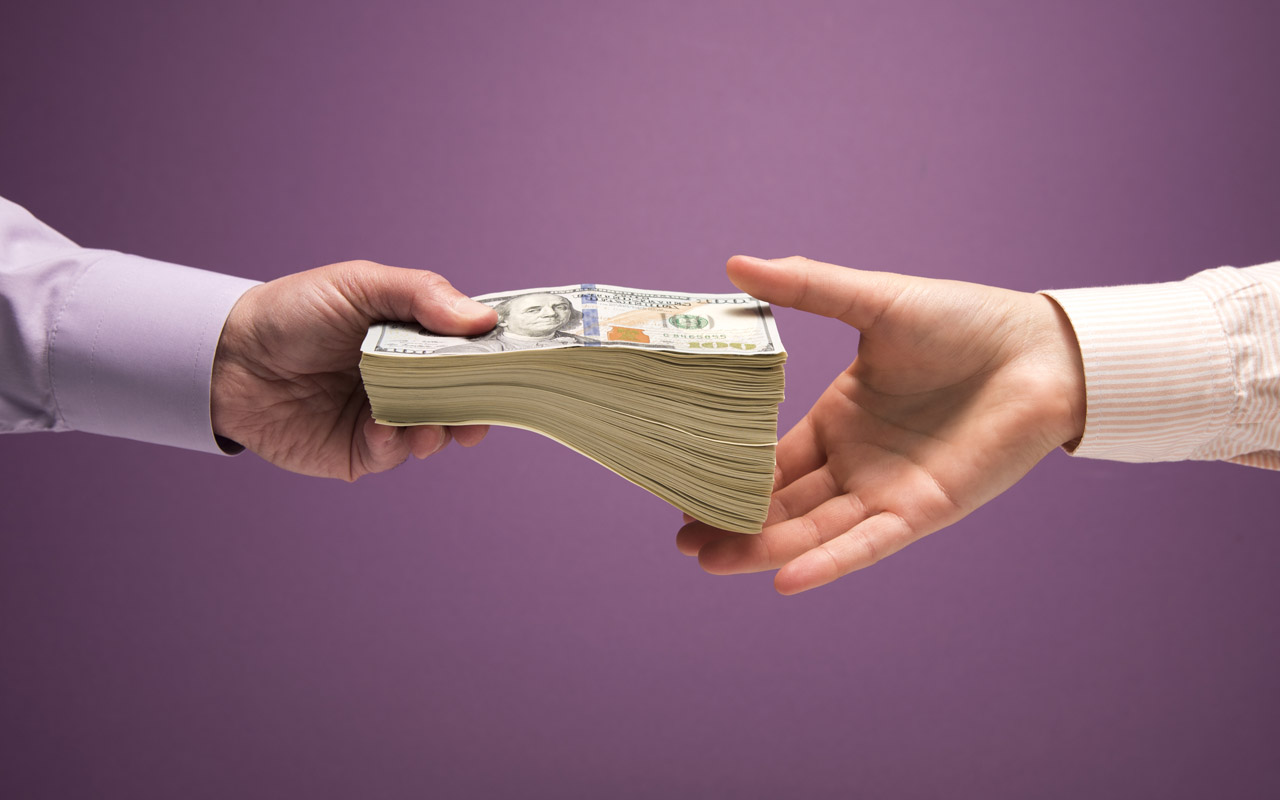

Income investing can sometimes feel like a give-and-take situation. You can get red-hot dividend growth from stocks, but those stocks often start at paltry yields that take a while to plump up. But high-yield dividend stocks have their own problems – some high yields are a warning flare from troubled companies, and other high yields are safe but stuck in neutral.
But there are a few “Goldilocks” dividend stocks that offer just the right blend of ample current yield and the potential for income growth.
The DIVCON system from exchange-traded fund provider Reality Shares can, among other things, help identify already high-dividend stocks that have the financial wherewithal to keep pushing their payments higher. DIVCON’s dividend health methodology measures factors such as free cash flow, prior earnings growth and even bankruptcy risk to determine whether stocks are likely to increase their dividends – or even if they’re at risk of cutting them. The result is a rating between 1 and 5, with low ratings (1-2) indicating shaky dividends, and high ratings (4-5) indicating healthy payouts that likely will expand in the future.
Here are seven high-yield dividend stocks that DIVCON’s ratings suggest have a good likelihood of future rate increases.
Price, market value and yield data is as of May 9. DIVCON ratings and measurement data such as earnings growth, levered free cash flow (LFCF)-to-dividend ratio and Altman Z-score is as of May 1. Dividend yields are calculated by annualizing the most recent monthly payout and dividing by the share price. You can view other DIVCON ratings on the Reality Shares provider site.

Watsco
- Market value: $6.0 billion
- Dividend yield: 4.0%
- DIVCON rating: 4
- Watsco (WSO, $157.74) distributes air conditioning, heating and refrigeration equipment. It’s not the most scintillating business in the world, but it’s something everyone needs. And that built-in demand has helped the company (and its shares) improve steadily for years.
It does have an odd dividend history to contend with. In the final quarter of 2012, Watsco announced that despite a track record of more than 35 consecutive years of dividend increases and 11 consecutive annual dividend raises, the company would “continue to pay quarterly dividends, but on a more moderate basis beginning in 2013.” Watsco followed up by clipping its quarterly payout by nearly 60%, from 62 cents per share in 2012 to just 25 cents in 2013.
But at the same time it announced it would moderate payments, Watsco also announced a generous $5-per-share special dividend (its regular payouts that year totaled just $2.48). It then proceeded to start hiking its dividend again in 2013 (to 40 cents per share), and expanded its payout by 37.3% on average through last year. Watsco has bumped the dividend another 10% higher in 2019.
One concern: a payout ratio of 95% of this year’s projected earnings. But Watsco has seemed content to keep expanding its payout along with profits. On that front, WSO’s earnings have grown every year since 2014, by a cumulative 60%, and analysts expect average annual profit growth of 15% over the next half-decade.
Earnings growth is one of the strongest factors in Watsco’s DIVCON 4 rating, which indicates a company is “likely to increase their dividends in the next 12 months.” So is a high Altman Z-score. Altman Z uses five factors to measure a company’s credit strength, and any score above 3 indicates a low likelihood of bankruptcy; WSO scores a lofty 9.1.
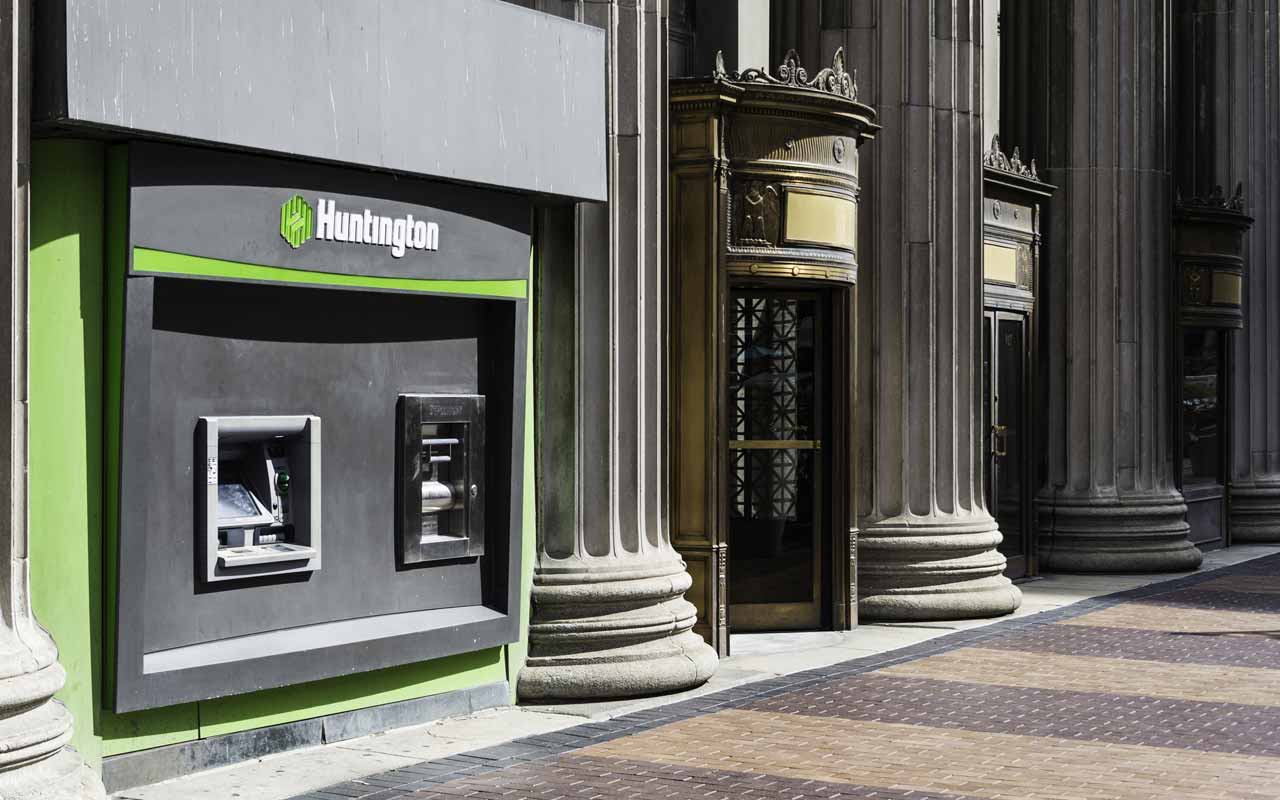
Huntington Bancshares
- Market value: $14.2 billion
- Dividend yield: 4.0%
- DIVCON rating: 4
- Huntington Bancshares (HBAN, $13.58) is the holding company for The Huntington National Bank, which operates more than 950 branches across eight states, primarily in Ohio and Michigan. The large regional bank offers the typical array of services: savings/checking accounts, mortgages, small business lending and commercial loans, among others.
The bank has been a beacon of growth over the past few years. Net interest income (what revenues it brings in on products such as mortgages and commercial loans versus what it costs to service products such as savings accounts) has expanded by nearly 19% annually since 2014. Total profits have ballooned by almost 22% annually.
Huntington, like many other banks, did have to cut its dividend in the midst of the 2007-09 financial crisis and bear market; HBAN went from a 13.25-cent quarterly payout at the end of 2008 to a mere penny per share in 2009. But the dividend went back to growing in 2011, and the company even eclipsed its pre-crisis payout with a 27% hike to 14 cents per share last year.
When it comes to financial stocks, DIVCON steers away from Altman Z and instead looks at net income-to-total assets (NITA), a measure of how profitable its assets are. Huntington’s 1.3 score is close to the financial-sector average. The company also delivers far more of its cash in the form of repurchases rather than dividends, giving it plenty of wiggle room to reduce buybacks should HBAN want to get even more aggressive about its payout. And it's among 12 bank stocks that Wall Street loves the most.

International Paper
- Market value: $18.2 billion
- Dividend yield: 4.3%
- DIVCON rating: 4
- International Paper (IP, $45.71) might seem like a dinosaur considering that “going paperless” is a dominant trend in everything from managing an office to paying your bills. But while those trends aren’t great for IP’s paper business, the company is being bolstered by another trend – the rise of Amazon.com (AMZN) and e-commerce.
International Paper also is a major player in packaging products. And as consumers transition from in-store purchases they tote out in plastic bags to online purchases that are delivered to their door, International Paper is among the companies that benefit.
These and other trends have acted as checks against one another, leading to an up-and-down performance over the past decade that has disappointed shareholders with roughly breakeven returns. Moreover, analysts are looking for profitability to slip both this year and next – just a couple percent each year, but clearly the wrong direction.
But the potential for dividend growth remains healthy. The dividend has expanded by an average of 8.5% annually over the past half-decade, and International Paper still is only paying out about 46% of its profits in the form of dividends. It also spends more on buybacks than cash distributions, so if it needed to, it could pull the brakes on repurchases to focus even more on its regular dividend.
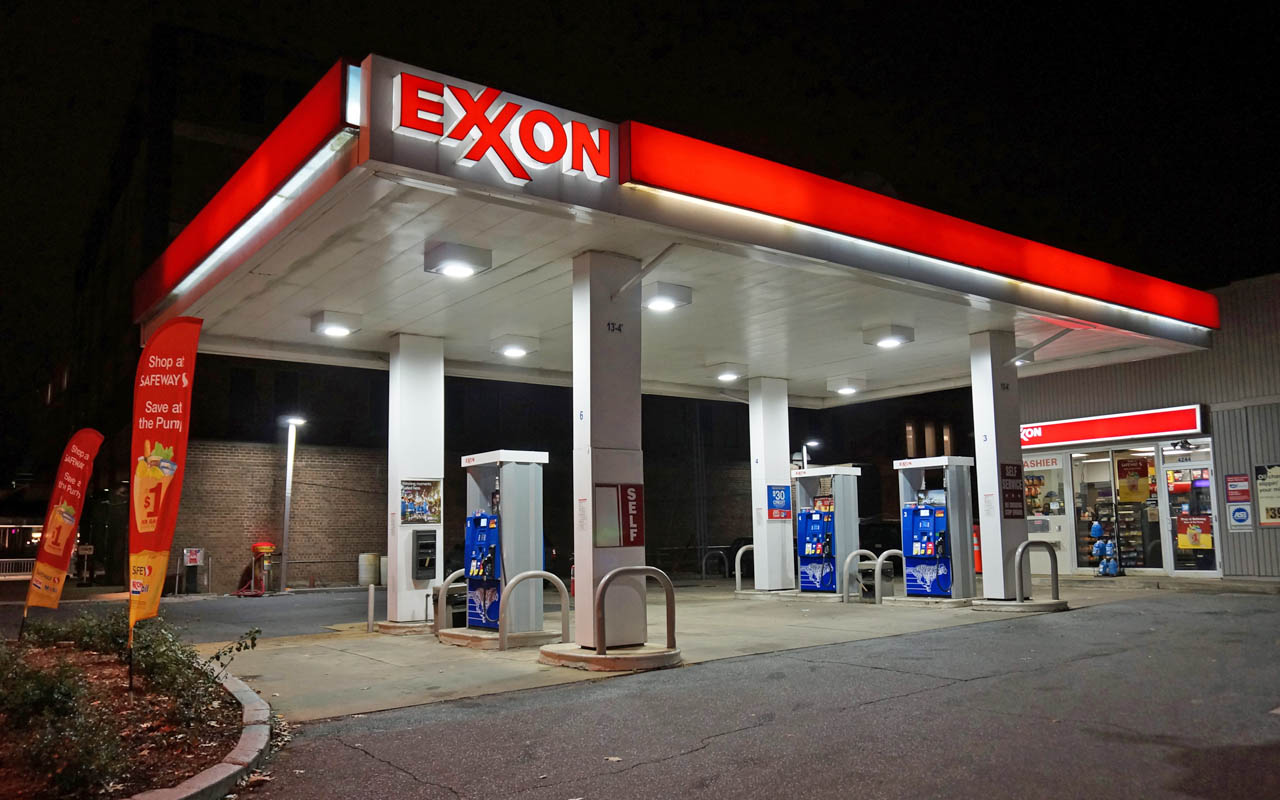
Exxon Mobil
- Market value: $324.8 billion
- Dividend yield: 4.3%
- DIVCON rating: 4
- Exxon Mobil (XOM, $76.77) is one of the world’s largest integrated energy companies, spanning every segment of the oil-and-gas “stream” – exploration/production, processing/transporting and refining/retailing. It’s one of the two energy components of the Dow Jones Industrial Average, and it’s also a member of the Dividend Aristocrats – 57 dividend stocks that have increased their annual payouts for at least 25 consecutive years.
Exxon renewed its membership for another year when it announced its 37th consecutive dividend raise in April. XOM boosted the payout 6.1% to 87 cents per share quarterly.
Exxon’s fates hinge on commodity prices, so typically higher is better, which is why XOM dropped like most other stocks when oil collapsed in 2014-15. But its refining operations, which can actually benefit from lower oil prices, help provide some buffer that many pure-play exploration-and-production companies don’t have. That, as well as Exxon’s sheer scale, have contributed to a seemingly bulletproof dividend that has grown through thick and thin.
XOM also boasts the highest Bloomberg Dividend Health reading (54.8) of all companies on this list, and its Altman Z-score of 3.9 is a promising sign of fundamental financial strength.
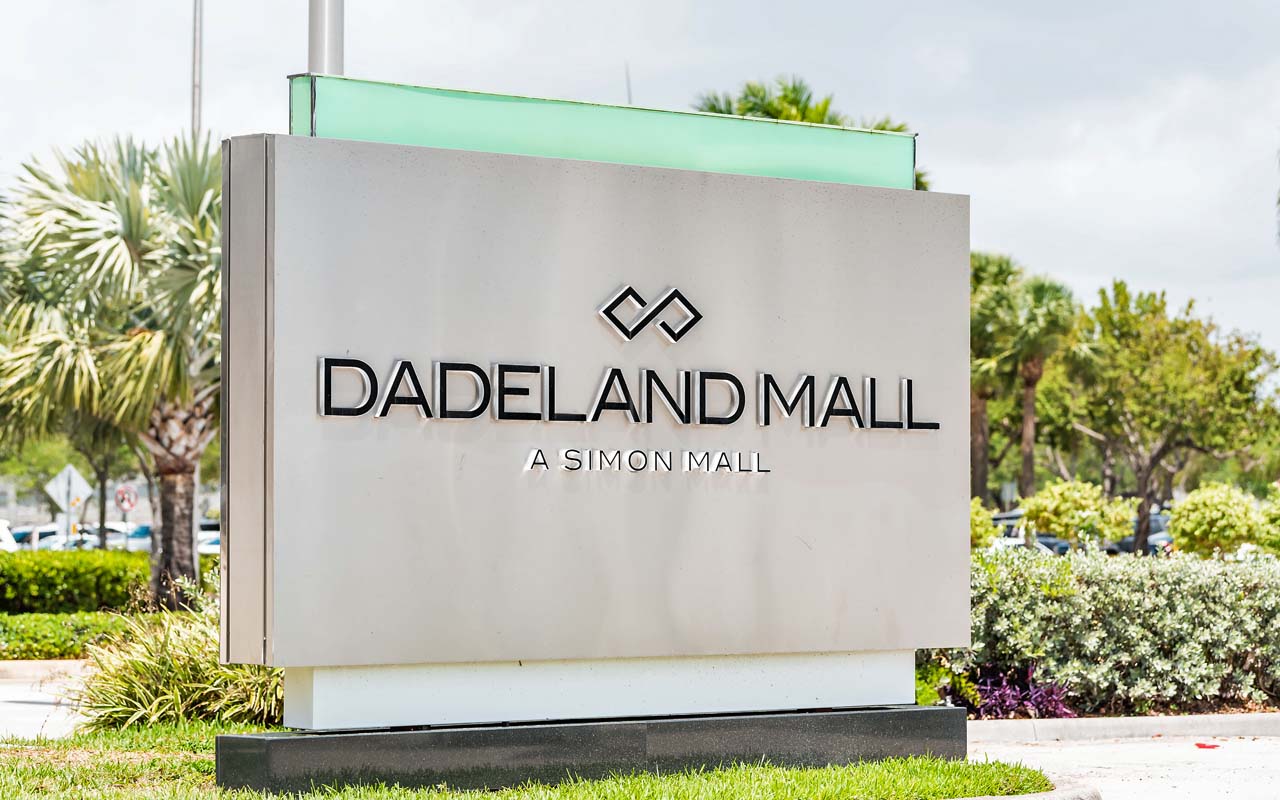
Simon Property Group
- Market value: $61.8 billion
- Dividend yield: 4.7%
- DIVCON rating: 4
- Simon Property Group (SPG, $173.77) is a real estate investment trust (REIT) that owns 206 retail properties in the U.S. – including 107 malls and 69 outlet malls – as well as 28 sites across Asia, Europe and Canada. In an age where Amazon.com is eating many brick-and-mortar retailers alive, Simon would seem to be an obvious shun.
And yet, Simon is arguably in better shape than it has ever been.
Simon spun off many of its strip malls and smaller malls into a separate company, Washington Prime Group (WPG), in 2014. The company also has been aggressive about redeveloping vacancies left by the likes of Macy’s (M) and Sears (SHLDQ), and even expanded its properties – 30 such projects were underway as of the quarter ended in March.
The result? Simon put together a record 2018 that included an 8.2% improvement in funds from operations (FFO) – a vital profitability metric for REITs that also helps determine dividend health. SPG followed that up with a strong first quarter that saw FFO climb 5.9%, and SPG affirmed 2019 estimates for another year of growth.
Simon’s full-year results also included a 2.5% improvement to the dividend – the company’s ninth quarterly payout hike since the beginning of 2015. That payout is well funded, too, at about 84% of its FFO from the past four quarters, which is healthy by REIT standards.
The company’s DIVCON 4 rating includes strong free-cash coverage of its payout, healthy earnings growth and stellar dividend-growth track record.
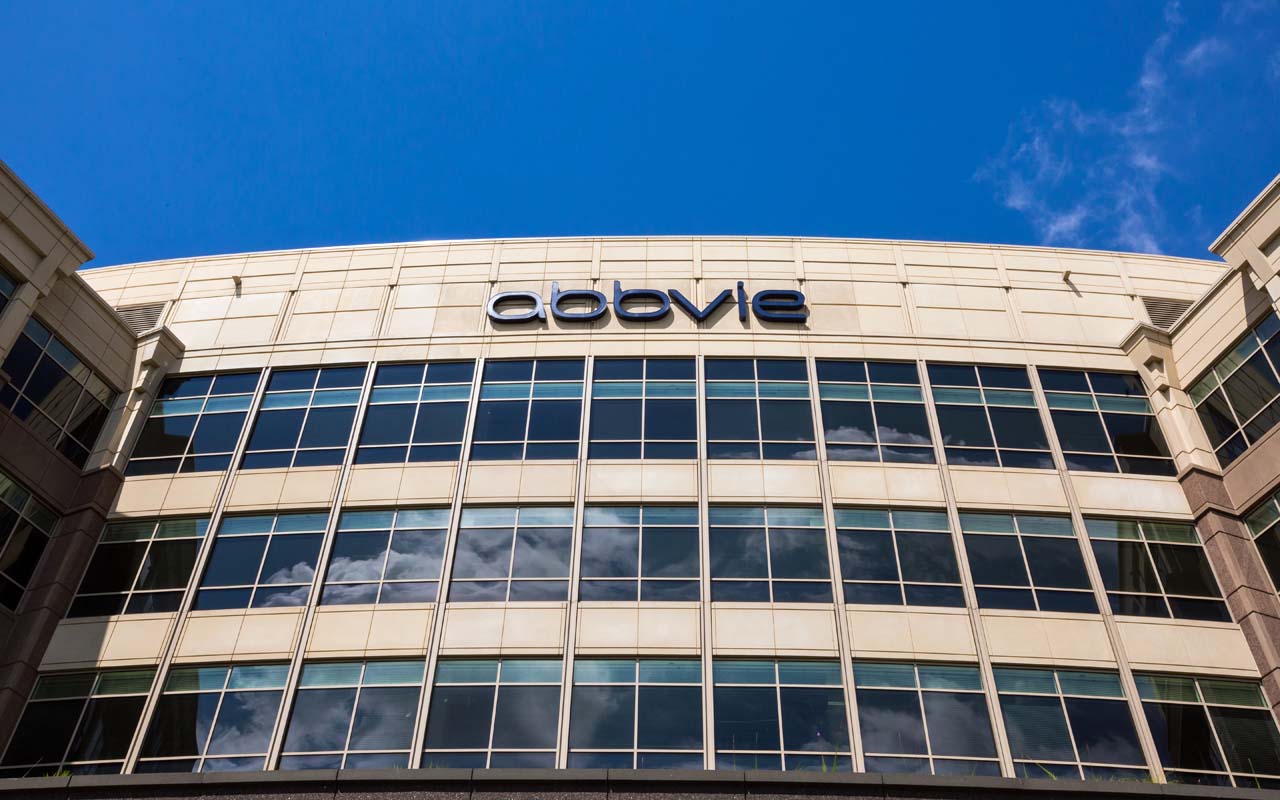
AbbVie
- Market value: $115.2 billion
- Dividend yield: 5.4%
- DIVCON rating: 4
- AbbVie (ABBV, $77.91) offers up one of the highest dividend yields in the pharmaceutical space and generally has been a strong dividend growth stock.
Many investors know AbbVie as the company behind blockbuster drug Humira, which can treat a number of ailments, including arthritis, Crohn’s disease, plaque psoriasis and ulcerative colitis. However, it’s been worries about Humira that have mostly steered the ship of late – the stock is down more than 20% over the past year as part of its European patent protection expired, and as it stares down other patent expirations a few years down the road.
That said, the company still boasts other strong drugs including cancer treatement Imbruvica and endometriosis-pain drug Orilissa. AbbVie also has a strong pipeline that includes upadacitinib (in late-stage trials to treat rheumatoid arthritis), and it recently celebrated FDA approval for Skyrizi for moderate to severe plaque psoriasis.
AbbVie is royalty among dividend stocks, hiking its payout 11.4% earlier this year to mark its 47th consecutive payout increase, which includes the many decades before its split from Abbott Laboratories (ABT). That raise followed two dividend hikes in 2018.
But ABBV isn’t overstretching to reward shareholders. The company is paying out less than half of its profits in the form of dividends, and DIVCON shows that its dividend is covered more than twice over by leveraged free cash flow. It also has a healthy Altman Z-score of 3.8 that serves as further proof of the company’s strong financial foundation.

Six Flags Entertainment
- Market value: $4.6 billion
- Dividend yield: 6.2%
- DIVCON rating: 4
- Six Flags Entertainment (SIX, $55.14) is the No. 2 amusement park operator in the world, behind only Walt Disney (DIS). The company boasts 26 parks across the U.S., Mexico and Canada, with plans to expand in China.
Unfortunately, those plans have hit a speed bump. Six Flags announced earlier this year that it expected its first high-end parks to open in mid- to late 2020 instead of this year. It also pushed back other parks from 2020 to 2021. Moreover, excitement about these parks’ potential have cooled off thanks to the country’s GDP growth deceleration and the weight of the U.S.-Chinese trade conflict.
The good news is, analysts still expect the company to extend a long streak of annual revenue growth, not just this year but next. Those same pros see profits pulling back in 2019, but rebounding somewhat in 2020 as those Chinese parks begin to open.
In the meanwhile, DIVCON gives Six Flags a strong DIVCON rating of 4 that implies another dividend hike in the next 12 months is likely. Six Flags doesn’t have a long dividend history – its payout was initiated in 2010 – but it has upped the ante every year since 2011. And its levered free cash flow is enough to cover the payout, and then a little more.
Given the potential for a profit pullback in 2019, if Six Flags does raise its payout again within the next year, it might be a token increase. But Wall Street has seen a bright sign in the company’s performance during the typically slow first quarter, with B. Riley FBR and Oppenheimer analysts reiterating their “Buy” calls following Six Flag’s report.
Profit and prosper with the best of Kiplinger's advice on investing, taxes, retirement, personal finance and much more. Delivered daily. Enter your email in the box and click Sign Me Up.

Eric Ervin founded Reality Shares, a firm known for ETF industry innovation. He led the launch of investment analytics tools, including Blockchain Score™, a blockchain company evaluation system; DIVCON®, a dividend health analysis system; and the Guard Indicator, a directional market indicator. These tools were designed to help investors access innovative investment strategies as well as provide alternative dividend investment solutions to manage risk.
-
 Four Spa Retreats for Well-Heeled Retirees
Four Spa Retreats for Well-Heeled RetireesWe hand-picked these U.S. spa retreats for their serenity, amenities and dedication to the comfort of older travelers. All are located in the Continental U.S.
-
 Four Military Benefits That Have Helped My Family
Four Military Benefits That Have Helped My FamilyMilitary life can be challenging for servicemembers and their families, but they're offered some significant financial benefits to help cushion the blow.
-
 Stocks Close Out Strong Month With Solid Amazon Earnings: Stock Market Today
Stocks Close Out Strong Month With Solid Amazon Earnings: Stock Market TodayAmazon lifted its spending forecast as its artificial intelligence (AI) initiatives create "a massive opportunity."
-
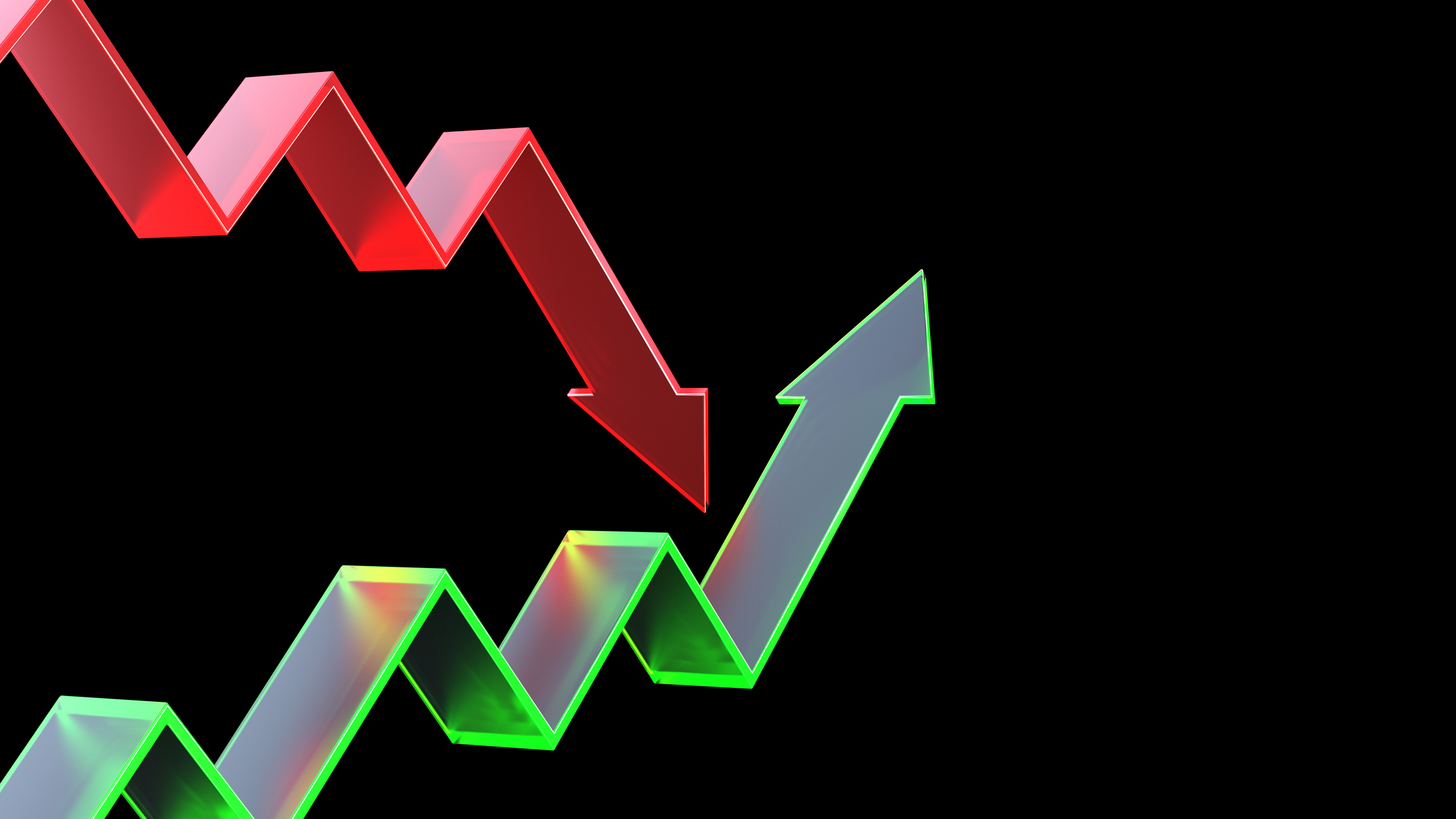 Stocks Close September on a High Note: Stock Market Today
Stocks Close September on a High Note: Stock Market TodayA little bit of late risk-on behavior was enough to lift stocks into the green on the last day of September.
-
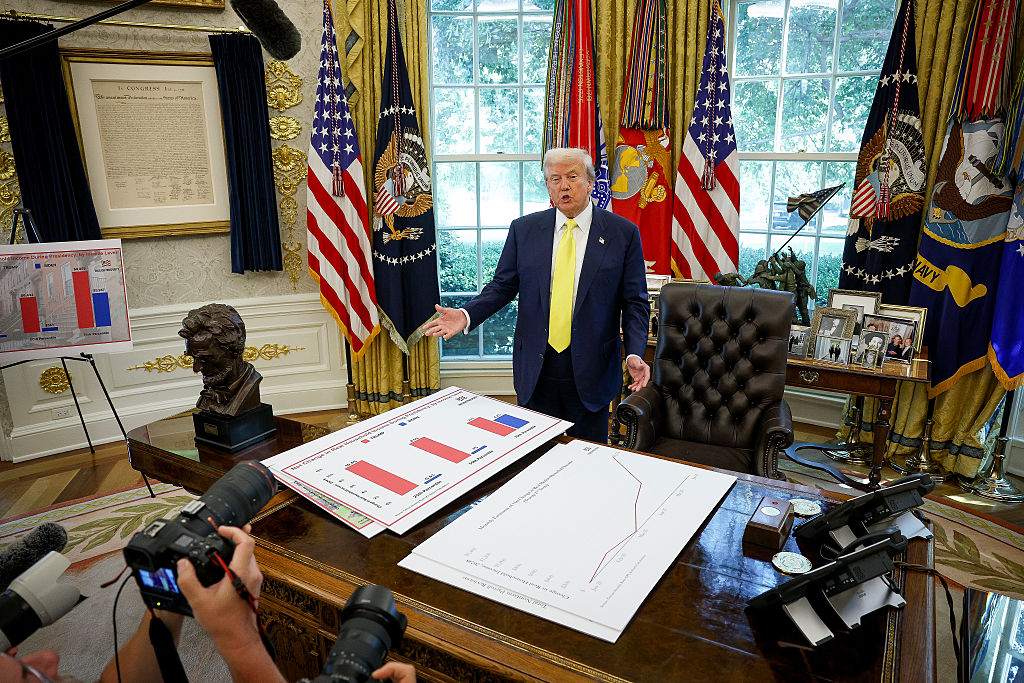 How to Invest for Rising Data Integrity Risk
How to Invest for Rising Data Integrity RiskAmid a broad assault on venerable institutions, President Trump has targeted agencies responsible for data critical to markets. How should investors respond?
-
 The Most Tax-Friendly States for Investing in 2025 (Hint: There Are Two)
The Most Tax-Friendly States for Investing in 2025 (Hint: There Are Two)State Taxes Living in one of these places could lower your 2025 investment taxes — especially if you invest in real estate.
-
 The Final Countdown for Retirees with Investment Income
The Final Countdown for Retirees with Investment IncomeRetirement Tax Don’t assume Social Security withholding is enough. Some retirement income may require a quarterly estimated tax payment by the September 15 deadline.
-
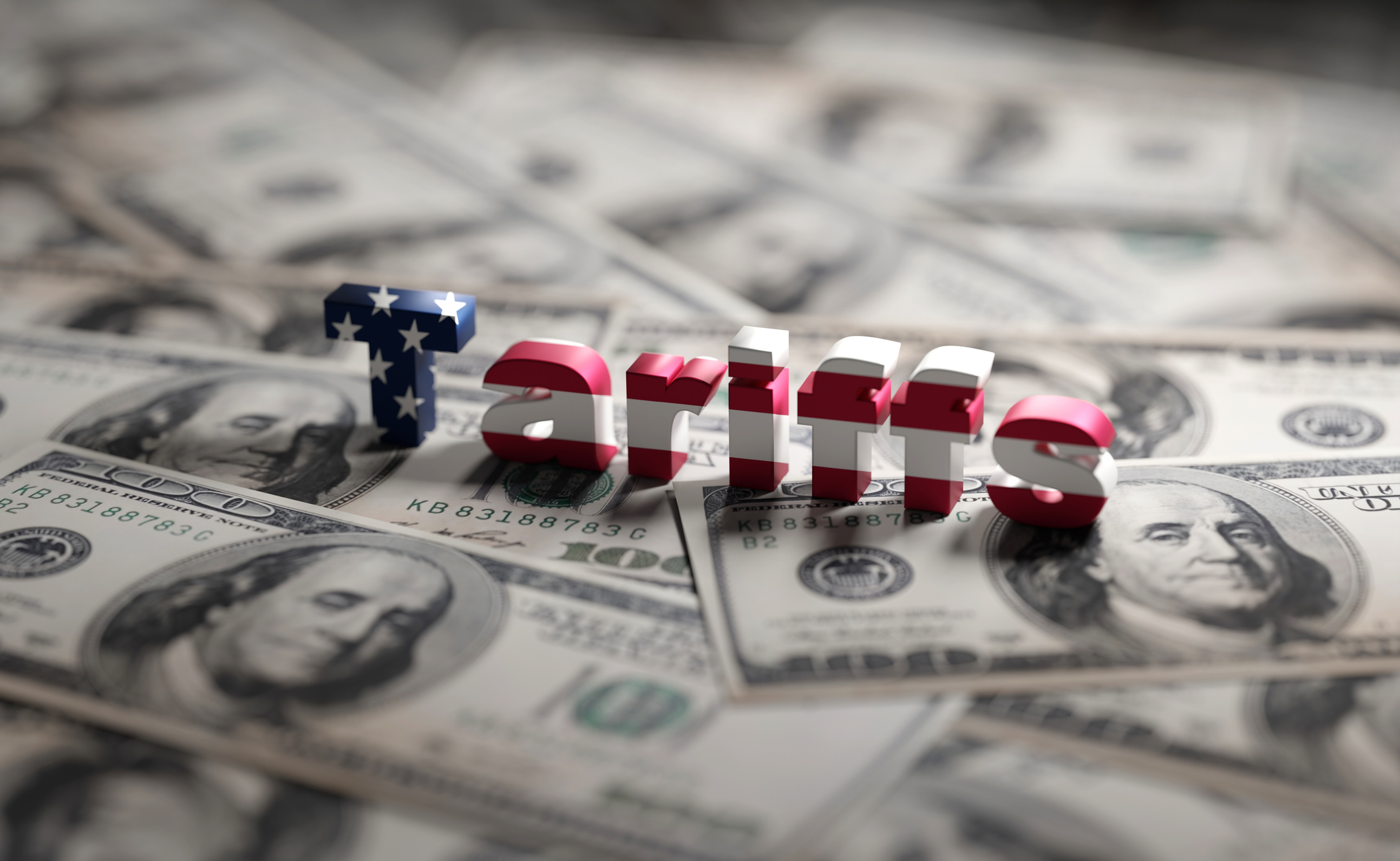 What Tariffs Mean for Your Sector Exposure
What Tariffs Mean for Your Sector ExposureNew, higher and changing tariffs will ripple through the economy and into share prices for many quarters to come.
-
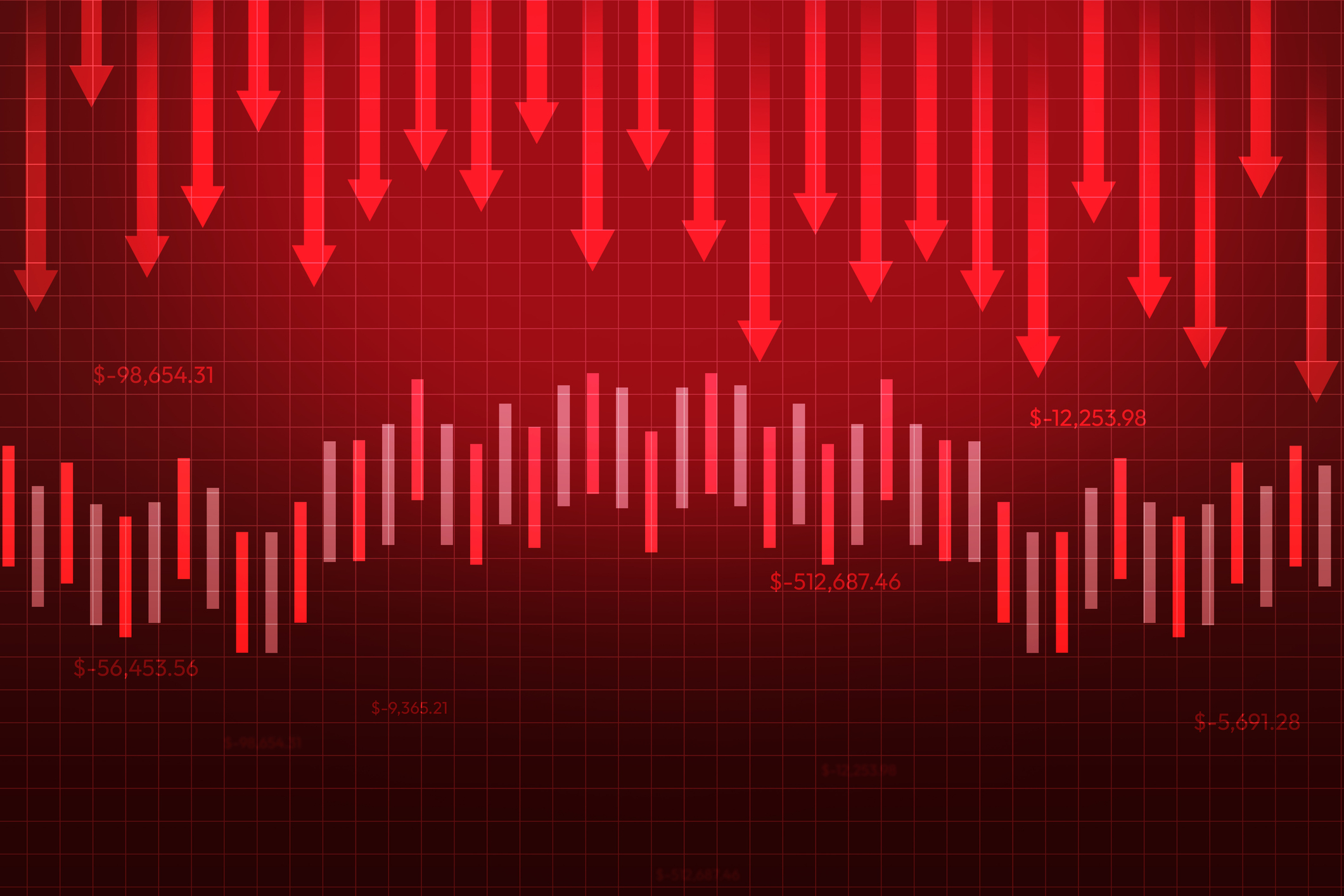 Dow Dives 542 Points on Soft Jobs Data: Stock Market Today
Dow Dives 542 Points on Soft Jobs Data: Stock Market TodayThe last day of a busy week ends with the first greater-than-1% move in either direction in more than a month.
-
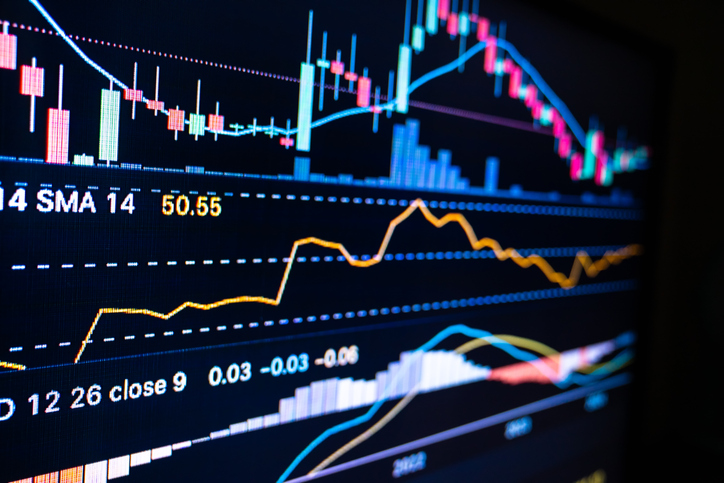 Stock Market Today: Dow Leads as UnitedHealth Stock Pops
Stock Market Today: Dow Leads as UnitedHealth Stock PopsUnitedHealth was the best Dow Jones stock Monday on reports that Medicare Advantage payments could rise in 2026.
